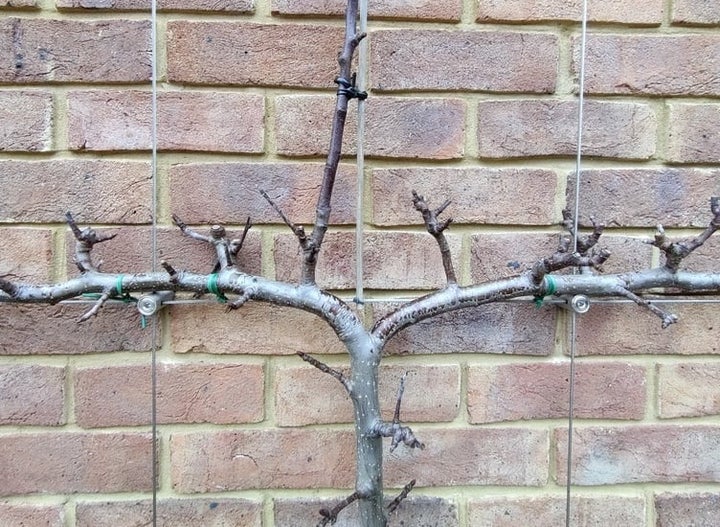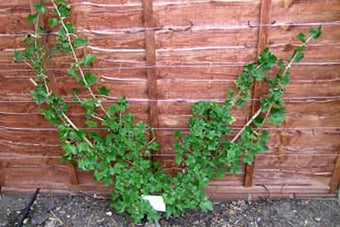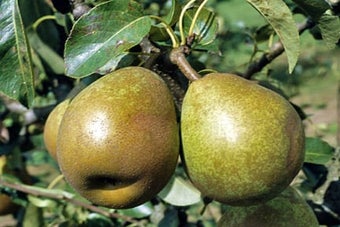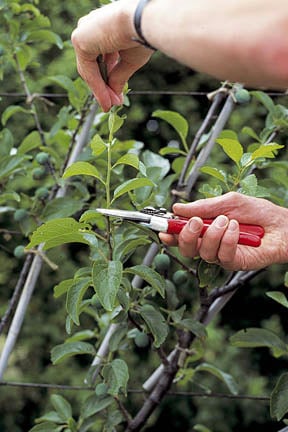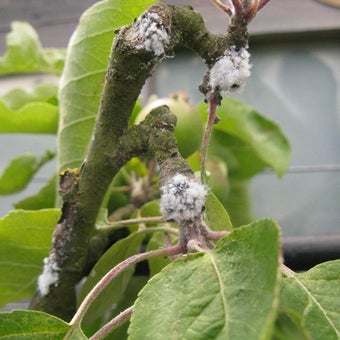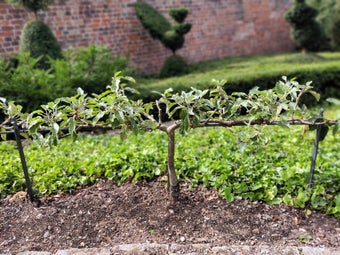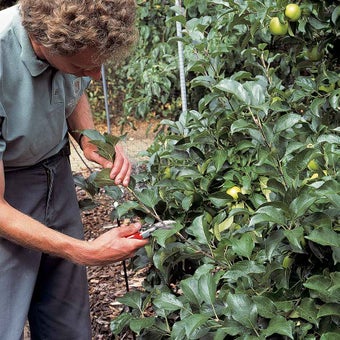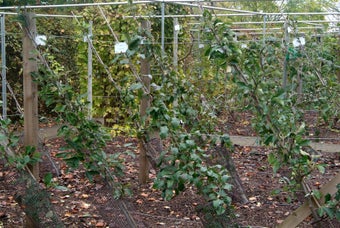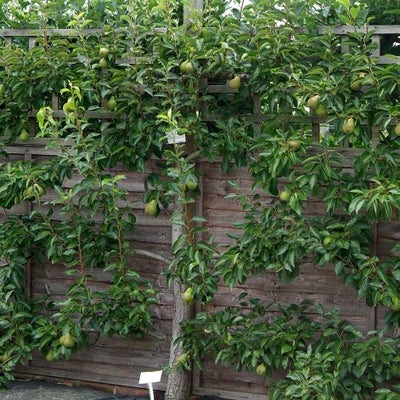
Quick facts
Espaliers take up little space, but need permanent support, such as a wall or fence
They have a central stem and several tiers of horizontal branches
Young trees need careful pruning to create a well-balanced espalier
Established espaliers require annual maintenance pruning in late summer
What is an espalier?
An is a tree that is trained flat against a support, such as a fence, with a central vertical stem and several tiers of horizontal branches (arms). It requires careful initial pruning after planting to create the tiers, then annual pruning every summer to keep it in good shape and fruiting well. Espaliers typically have three or four tiers, and reach about 1.8m (6ft) tall and 3–4.5m (10–141/2ft) wide.
To create additional espalier tiers, you prune back the main central stem in winter, to stimulate the growth of strong side-shoots. These are trained to form the horizontal arms of the next tier and a new replacement central stem, until the desired number of tiers is reached.
Maintaining the shape is a long-term commitment – it’s essential to prune the horizontal tiers every year in late summer. If left unpruned, growth from the arms becomes overly long and more vigorous at the top, eventually reverting to a more natural tree-like form. However, your dedication will be well rewarded, as espaliers make attractive features, are a good use of vertical space, fruit well for many years, and are more compact than free-standing trees.
For more on choosing a new tree to train and how to plant and support it, see our guide to starting an espalier.
When to prune espaliers
- When startingnew espaliers from scratch or training more tiers on partially pre-trained trees, prune in winter to early spring and again in late summer
- Prune established espaliers every year in late summer when growth slows down
- Carry out renovation pruning on established espaliers when they’re in winter
Pruning and training from scratch
Start with a one-year-old single-stemmed tree known as a or . If it has side-shoots, it’s a feathered maiden, if it has no side-shoots it’s an unfeathered maiden. Prune it after planting, and make sure there is a suitable support system of horizontal wires in place first – for details, see our guide to starting an espalier.
Pruning after planting in winter to early spring
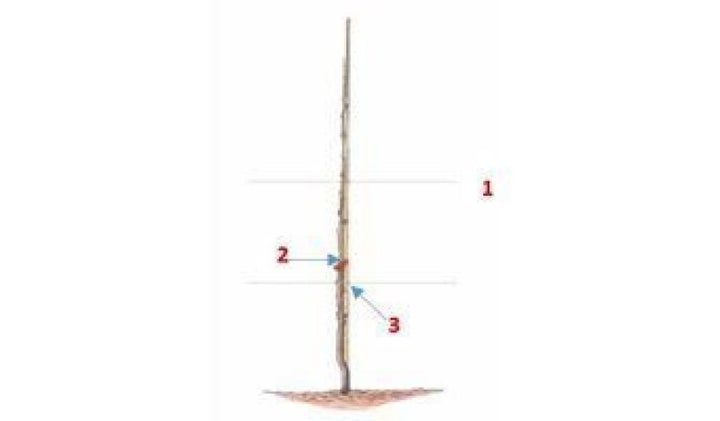
- Plant the single-stemmed tree just in front of the horizontal wires, which should be spaced 35–45cm (14–18in) apart, with the first wire 40cm (16in) from the ground. Attach a bamboo vertically to the wires and tie in the stem
- Prune the stem down to 5–7cm (2–3in) above the first wire, cutting just above a heathy . The top bud will produce a replacement central stem, from which the second tier will be trained
- The lower will produce shoots that will form the first tier of branches
Training in the first spring and summer after planting
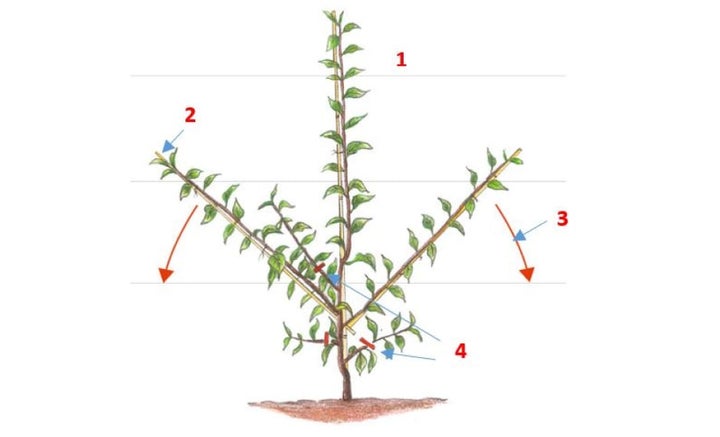
- As the new shoot grows from the top bud, tie it in to the vertical bamboo cane, to form a new central stem
- Select one strong shoot on each side of the main stem to form the first tier. Tie these to bamboo canes attached to the wires at a 40° angle, to promote strong growth. Don’t train them horizontally yet – that would reduce their vigour, as it would curb their
- In late summer, lower the two selected side-shoots to the horizontal wires, once they’ve stopped growing
- Prune back all the other side-shoots to two or three leaves
Use garden to tie in the central stem and side-shoots to the bamboo canes. This will keep the shoots straight, prevent damage and make it easier to lower the side-shoots into a horizontal position. It’s the bamboo canes that should be firmly tied to the wire supports, not the shoots.
To train the additional horizontal tiers, see below.
Training new tiers on partially trained espaliers
Follow these steps to create more tiers on espaliers you’ve started from scratch or on newly bought, partly pre-trained espaliers. Repeat this process until your has the desired number of horizontal tiers.
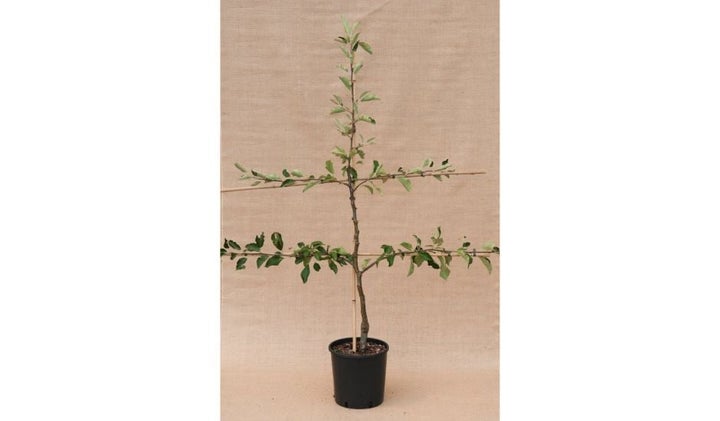
Pruning in winter or early spring
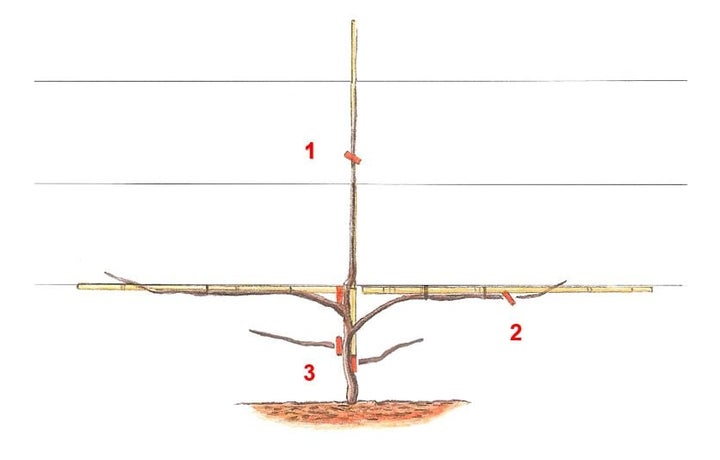
- Prune the central vertical stem about 5cm (2in) above the next wire, cutting just above a healthy . This top bud will produce a replacement central stem, while the below it will sprout new shoots that will form the next tier of branches
- If the two horizontal branches trained the previous year are growing poorly, prune them back by up to a quarter of their length. Also consider tying them back at 40° in spring to encourage stronger growth by restoring . Lower them back to horizontal in late summer
- Remove any other side-shoots growing directly from the main stem
Some pre-trained trees may come with well-positioned side-shoots originating from the central stem that could potentially be used to form the next tier of horizontal arms. However, unless you cut back the main stem as described above, its apical dominance won’t be interrupted and the resulting espalier could have a tendency to lose its shape, the upper part becoming very dominant with dwindling lower branches. Espaliers that aren’t pruned annually in summer will do the same.
Training a new tier in spring and summer
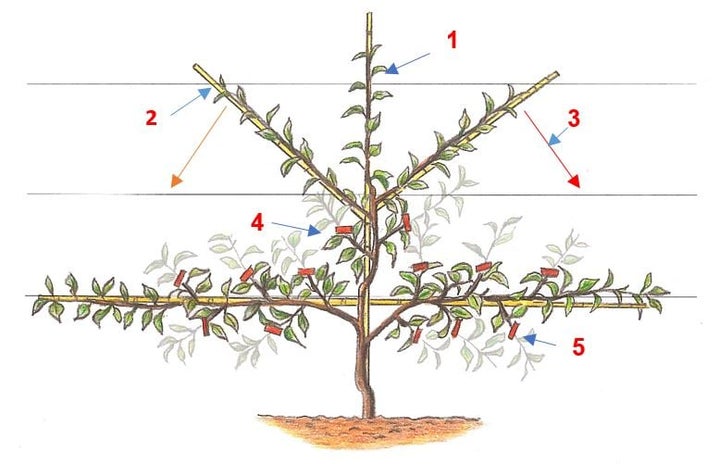
- Tie in the main stem’s new growth to the vertical bamboo fixed to the wires
- Select one strong shoot on each side of the main stem to form the next tier. Tie these to bamboo canes attached to the wires at a 40° angle, to promote strong growth. Don’t train them horizontally yet – that would reduce their vigour, as it would curb their apical dominance
- In late summer, lower the two side-shoots to the horizontal wires, once they’ve stopped growing
- Prune back all the other side-shoots growing from the main stem to three or four leaves
- Prune all new side-shoots growing from the horizontal branches to three or four leaves beyond the basal cluster (the cluster of up to four leaves at the base of the shoot – see What to look for: 1, in the following section)
Summer pruning an established espalier
Established espaliers that have all the required tiers trained in place must be pruned every summer to keep them in good form and fruiting well. Espaliers quickly lose their shape, with the top tier becoming very dominant and tree-like, if left unpruned.
Pruning should be carried out once the lower third of the new shoots has turned woody, which is generally from late-July for pears and mid- to late August for apples.
Four steps to summer pruning
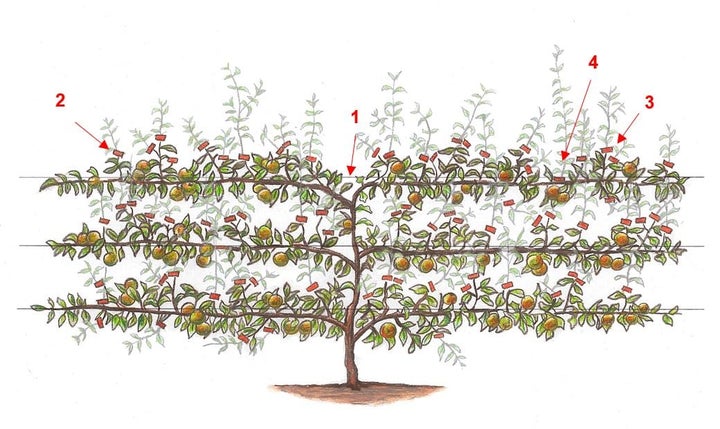
- Once the final tier is formed, entirely remove the new replacement central shoot
- Cut back the side-shoots growing directly from each of the horizontal branches to three or four leaves above the basal cluster (see What to look for: 2, below)
- If the side-shoot was pruned in previous years, reduce this year’s growth to one leaf above the basal cluster (see What to look for: 3, below)
- Remove completely any overly vigorous upright shoots, especially if they originate from the horizontal branches or main stem
If the tree is producing a number of overly vigorous shoots (such as 4 on the above diagram), consider slowing down their growth by bending them down, forming a loop and tying them to the horizontal support. This will reduce the shoot’s as the tip is pointing down. This is a useful technique to curb strong growth on the top tier, which is naturally more vigorous.
What to look for
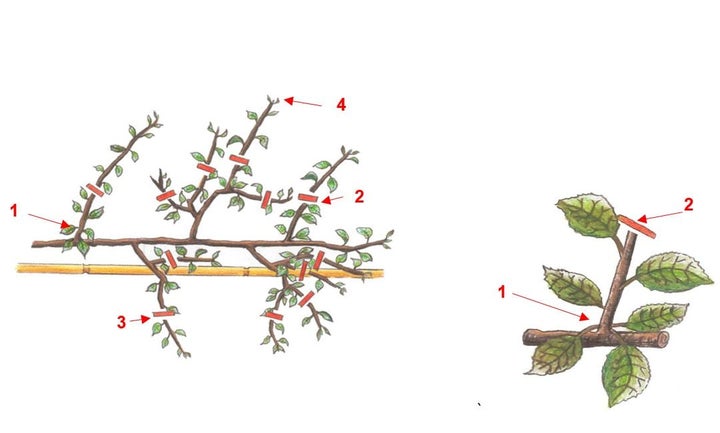
- Basal cluster – this is a cluster of two to four leaves growing closely together at the base of the current season’s growth
- Side-shootsgrowing directly from the horizontal branches – these should be pruned to three or four leaves above the basal cluster
- Side-shoots that have been previously pruned – these should be cut back to one leaf above the basal cluster
- Terminal – once these have formed at the ends of the shoots (from about mid- to late August), growth stops for the year, making it a good time to summer prune espaliers (as well as cordons and stepovers). It’s best to delay pruning until the terminal have formed, as the shoots may otherwise produce new growth afterwards, which would require a second round of pruning in September/October, reducing it to one leaf past your previous cut.
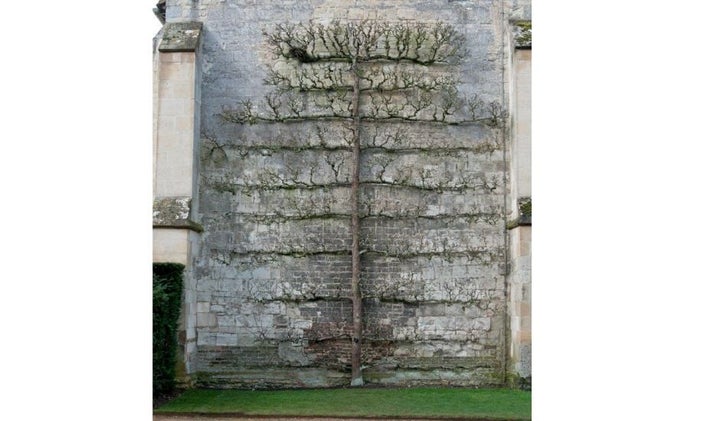
Renovation pruning
Thinning out fruiting spurs
After seven or eight years, the fruiting spurs (clusters of short stubby shoots with fruit ) may need to be thinned out in winter. Alternatively, a few can be removed each year in the season, reducing over-complicated spur systems to one or two fruit buds.
Shortening long side-shoots
Over time, the side-shoots growing from the horizontal arms can become overly long, growing too far from the support, taking up space and only fruiting towards the shoot ends.
Renovate them gradually as follows:
- In winter, prune up to a third of the over-long shoots back to stubs 3–5cm (1–2in) long, cutting just above a well-placed . Take care not to remove more than a third in any one year
- Spread this pruning evenly around the and over several winters
- Follow this pruning by normal summer pruning annually
Neglected espaliers
If an espalier hasn’t been pruned regularly, the top tier will become more tree-like, while the lower tiers produce poor growth or even dying back. Once an espalier has become top-heavy, with strong growth on the upper tier only, it seldom possible to restore the shape. If the lower tiers remain in good condition still producing good growth, it may worth trying to remove the top tier and train a replacement later.
Frequently asked questions
Why do I get significant re-growth after summer pruning?
There are two potential reasons:
- You may be pruning too early, before growth slows down. Try delaying until September, when larger terminal (end) have formed at the shoot tips (see What to look for: 4, in the Summer pruning section above) and the shoots have stopped growing
- If pruning is followed by a spell of good growing conditions (warmth and rain), growth may re-start. Prune back any re-growth in September (or October if pruning later) to one leaf beyond your previous cut
Can I train a partial tip-bearer as an ?
Although it’s best to use spur-bearing cultivars, it is also possible to train partial tip-bearers as espaliers. Some, such as ‘Discovery’ and ‘Charles Ross’, are easily maintained, but others, such as ‘Worcester Pearmain’ and 'Bramley's Seedling', can potentially be difficult to manage.
The key difference when summer pruning is to leave several shorter new shoots, about 20cm (8in) or less, unpruned every year. These shorter shoots are likely to have developed a fruit at the tip.
I’m trying to train a new tier, but winter pruning didn’t stimulate enough shoots. Is there anything I can do?
You have two options:
- Try to encourage buds to sprout on the bare part of the main vertical stem using a method known as notching. In late winter/early spring, remove a small crescent-shaped piece of just above two or three well positioned dormant buds on the main stem
- Alternatively, select a shoot originating from near the main vertical stem on one of the existing, strong-growing horizontal branches. Train this either as the missing new side branch or as a replacement vertical shoot, depending on which you need.
